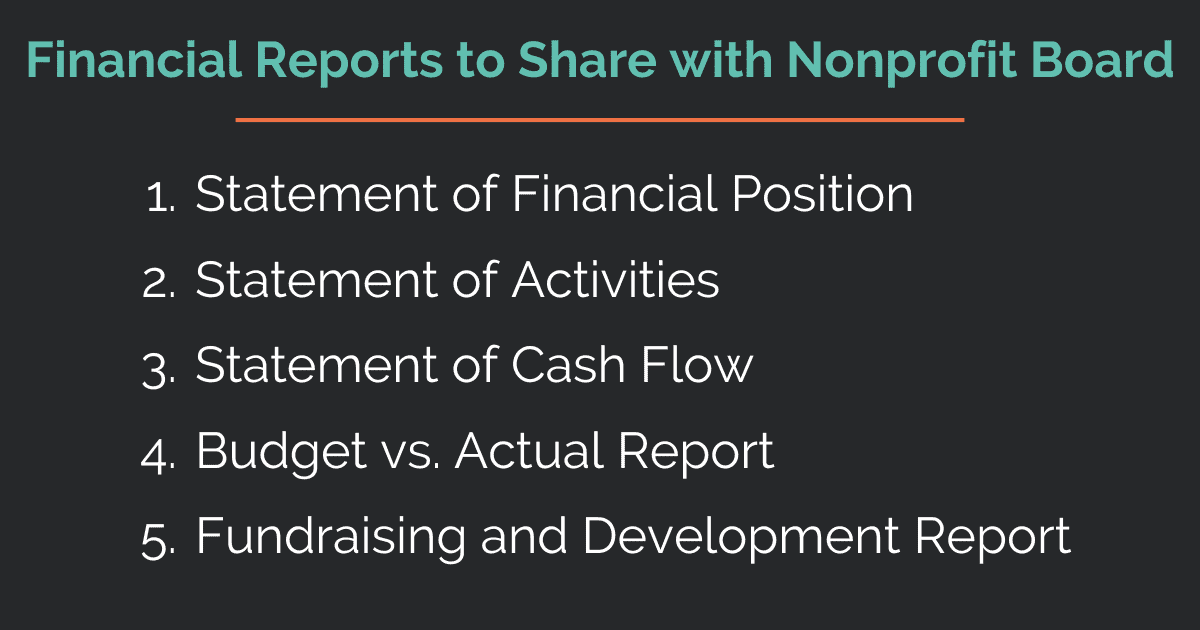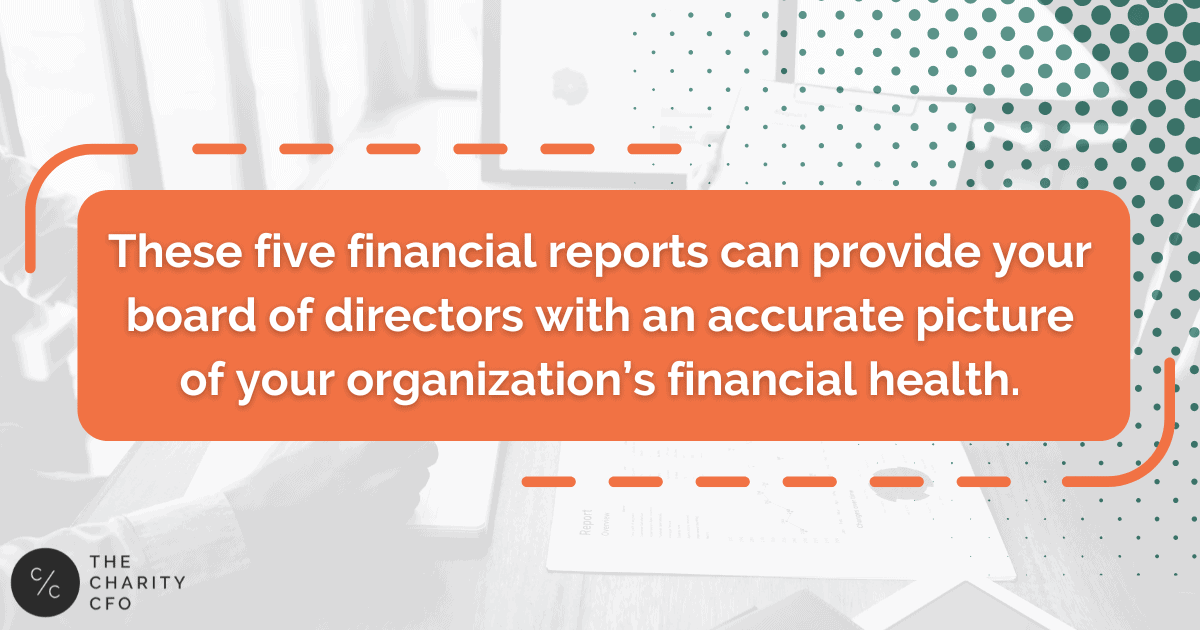Unlocking Financial Success: Essential Skills Every Nonprofit Leader Must Master
As a nonprofit leader, you’re passionate about your mission. But to truly make an impact, you need to master the financial skills that will keep your organization thriving. At The Charity CFO, we’ve seen firsthand how understanding these key areas can transform your nonprofit’s financial health. Let’s dive into the essential skills you need to secure your organization’s future.
In this blog, we’re diving into a subject near and dear to our hearts at The Charity CFO – sustainability.
If you prefer, video, check out this presentation right here:
What do we mean by that?
At its core, a nonprofit exists for a mission. You want to serve others, bringing good into the world and meeting specific needs.
But if your nonprofit is not sustainable, whether by struggling financially or burning out your team – the mission will not reach its full potential.
In this blog, we’re breaking down some of the points made in the recent webinar with our CEO Tosha Anderson, and Instrumentl.
What we’ll explore in this blog are three important takeaways:
Key Takeaways
- Financial Red Flags: Nonprofits should be vigilant about red flags such as insufficient unrestricted funding and low cash reserves.
- Importance of Cash Flow: Understanding cash flow is crucial for maintaining operational stability and planning for future growth.
- Strategic Planning for Expansion: Nonprofits must carefully assess their financial health before pursuing programmatic expansion to avoid creating unsustainable funding gaps.
Recognizing Financial Red Flags
Are you keeping a close eye on your nonprofit’s financial vitals? You should be. Two critical red flags to watch for are:
- Insufficient unrestricted funding: Aim for over 50% of your funding to be unrestricted. This gives you the flexibility to allocate resources where they’re needed most.
- Low cash reserves: If you have less than 30 days of cash on hand, you’re living on the edge. Strive for at least 90 days of reserves to buffer against unexpected challenges.
By staying vigilant about these indicators, you can address potential issues before they become crises.
Mastering Cash Flow Management
Your cash flow is the lifeblood of your organization. While budgets and financial statements are important, cash flow should be your primary metric for evaluating financial health. Here’s what you need to do:
- Calculate your daily cash needs by dividing your annual budgeted expenses by 365.
- Monitor your cash flow closely to anticipate challenges and make informed decisions.
- Recognize the seasonal nature of your cash flow, especially if you rely on events or campaigns.
Understanding these patterns will help you plan effectively and avoid cash shortages during lean periods.
Planning Strategically for Growth
When exciting funding opportunities arise, it’s tempting to jump in headfirst. But before you commit to expansion, ask yourself:
- Do we have sufficient cash reserves and operational capacity?
- Can we maintain at least 25% in operating reserves and 90 days of cash on hand?
Taking a measured approach to growth will help you avoid overextending your organization. Develop multi-year financial plans that outline your projections for growth and resource allocation. This strategic approach will ensure your expansion is sustainable in the long run.
Dive deeper: Check out our recent episode of The Modern Nonprofit Podcast where we explored strategic planning in-depth: https://thecharitycfo.com/modern-nonprofit-podcast-vision-directed-strategic-planning/
Building Your Financial Confidence
If finance isn’t your background, don’t worry. Start by focusing on a few key performance indicators (KPIs) that matter most to your organization. Whether it’s cash on hand or program performance, understanding these metrics will give you a clearer picture of your financial health without overwhelming you.
Analyze the factors that influence these KPIs and how they relate to your mission. For instance, if a successful fundraising event boosts your cash flow, identify what made it successful so you can replicate that success in the future.
Your Path to Financial Success
By mastering these skills – recognizing red flags, managing cash flow, planning strategically, and building your financial confidence – you’re setting your nonprofit up for long-term success. At The Charity CFO, we’re committed to helping you navigate these financial waters with confidence.
Remember, financial management doesn’t have to be daunting. By breaking it down into manageable components and focusing on what matters most to your organization, you can make data-driven decisions that align with your mission and drive your impact.
Ready to take your nonprofit’s financial management to the next level? Let’s work together to ensure your organization’s financial future is as bright as its mission.
Get in touch with us here and we’ll chart a parth to long term sustainability for your organization.






